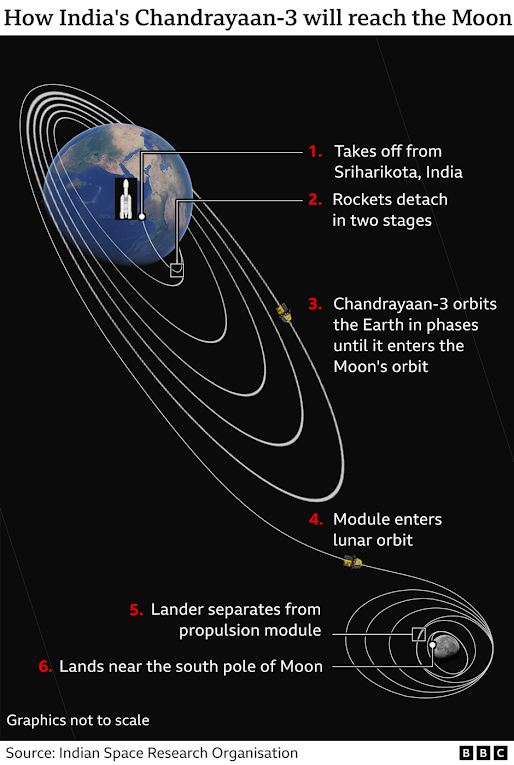Uttarkaashi Tunnel Crisis: Triumph over Tragedy
On the somber morning of November 12, 2023, tragedy struck in Uttarkashi. Forty-one workers engaged in a highway project found themselves ensnared within a tunnel when a landslide, at 5:30 AM, formed a formidable 60-meter barricade. Thus commenced "Mission Zindagi," a heroic rescue effort mobilized by 200 individuals. Over the ensuing 17 days, against daunting odds, they toiled tirelessly to liberate those trapped within. Join us as we unravel the extraordinary tale of valor and determination that defined the Uttarkashi tunnel rescue in today's blog post.
On November 12, 2023, a significant event unfolded within the Barkot-Silkyara tunnel, a vital component of Narendra Modi's "Char Dham project" aimed at enhancing connectivity between Gangotri and Yamunotri. Constructed by Navayuga Engineering Company Limited under the supervision of NHIDCL, this two-lane tunnel, spanning a length of 20 kilometers and costing Rs 1383 crore, was designed to alleviate travel time for pilgrims by 45 minutes. The incident occurred approximately 270 meters from the Silkyara portal, where a 60-meter blockade ensued, impeding progress within the tunnel. Fortunately, a spacious segment measuring 2000 meters was available for navigation within the completed structure, boasting a height of approximately 8.5 meters. Preliminary investigations suggest potential causes for the collapse, including geological faults such as shear zones or undetected cavities. Moreover, the construction process may have induced strain on surrounding geological formations, leading to the eventual collapse of stones and mud. In response to this crisis, the Uttarakhand government formulated a comprehensive five-option plan, which was executed by five distinct agencies: ONGC, SJVN, RVNL, NHIDCL, and THDCL. These measures were undertaken with precision and scientific rigor to ensure the safety and expedited rescue of those affected by the incident.
In the challenging Himalayan terrain, tunnel construction encounters formidable obstacles, necessitating precision and adherence to safety protocols. While Tunnel Boring Machine (TBM) and Drill and Blast Method (DBM) are standard methods, TBM's safety benefits are often outweighed by the extreme conditions of the region, making DBM the primary choice. Regrettably, the absence of mandated escape passages may have exacerbated the incident. Emergency responses included supplying oxygen through a compressed air pipe and providing sustenance via a 4-inch conduit. Horizontal drilling proved inefficient, necessitating the deployment of advanced equipment from Delhi. Amidst concerns over structural integrity, vertical drilling, although unconventional, was pursued to assess and alleviate potential risks. The method involved the precise insertion of drill shafts perpendicular to the tunnel's surface, allowing for controlled exploration and reinforcement efforts. The introduction of a powerful new machine, transported from Delhi via military aircraft, revolutionized debris clearance, capable of excavating 5 meters of debris in an hour. Furthermore, the escalating tensions between the media and the relatives of the trapped workers compelled Uttarkashi's district officer, DP Bulani, to reluctantly decide on the implementation of vertical drilling. Such measures underscored the commitment to safety and the mitigation of risks inherent in complex geological environments.
On November 20, a pivotal moment unfolded as Arnold Dix, a distinguished tunneling expert, volunteered his expertise to aid the rescue efforts. Under his guidance, a larger 6-inch pipe was successfully installed, facilitating the provision of essential supplies such as phones, walkie-talkies, and medicines. Moreover, a heartfelt gesture of comfort was extended through the preparation of a nourishing meal of Khichdi, offering solace amidst the turmoil. As the rescue operation intensified, additional 900mm pipes were installed to bolster logistical support. However, unforeseen challenges arose as the proliferation of pipes began to impede drilling activities and compromise the stability of the platform supporting the machinery. The situation reached a critical juncture when the auger machine malfunctioned, becoming lodged within the tunnel, resulting in a significant setback. With the horizontal drilling effort nearing completion, authorities shifted their focus to vertical drilling, which had progressed 20 meters by this stage, albeit with primary emphasis on completing the remaining 12 meters horizontally. Amidst the mounting urgency, a team of twelve rat hole miners emerged as saviors, successfully extricating the first trapped worker on November 28 at 8 PM. As the rescued workers emerged from the depths, weary yet resilient, they were greeted with warmth and gratitude, symbolized by a freshly prepared meal of Aloo Gobi Dal Chawal. Their safe return marked a triumph of human spirit over adversity, a testament to the unwavering resolve and collaborative efforts that defined the rescue operation.


Comments
Post a Comment